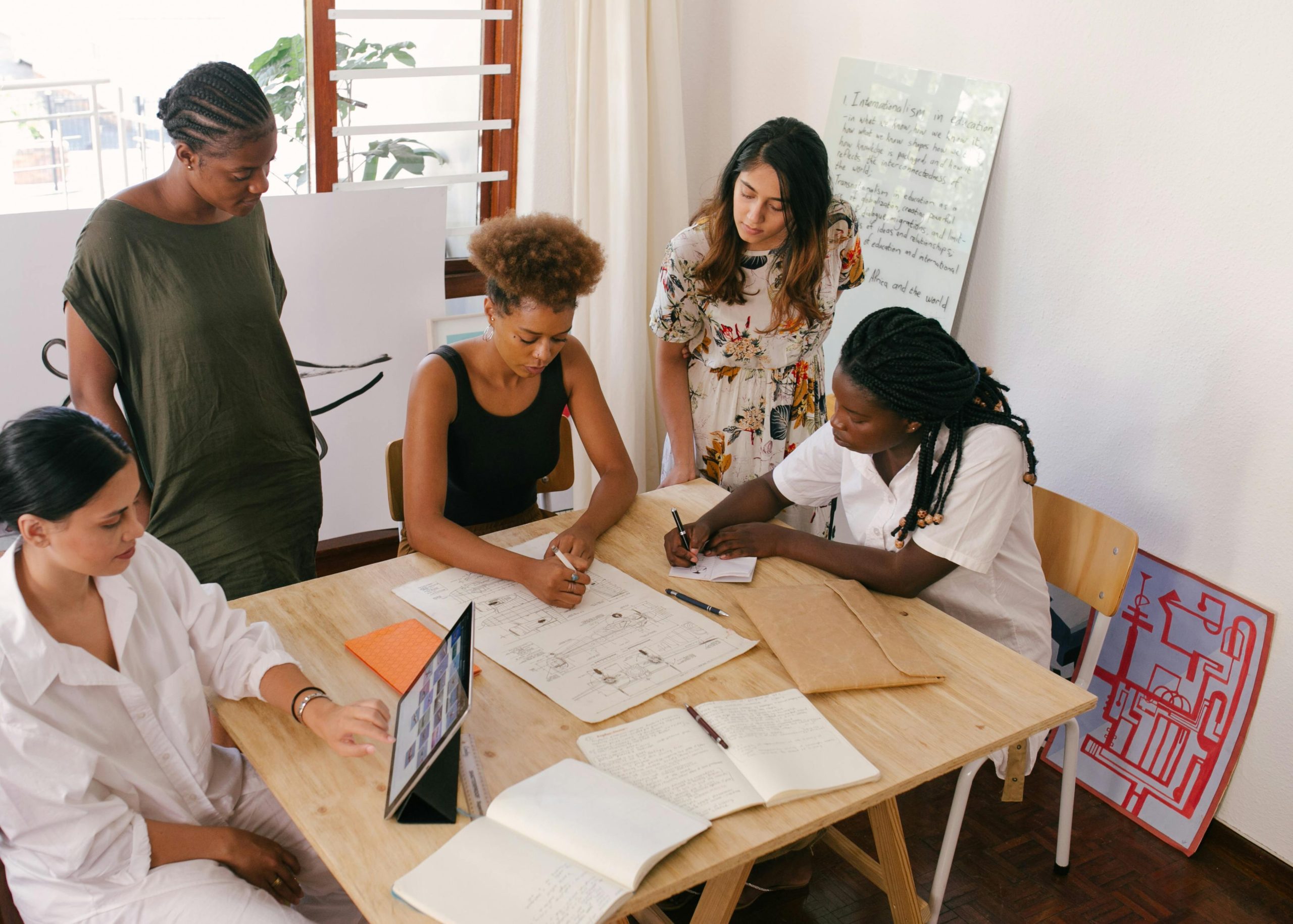The Flipped Classroom at Conestoga College

In essence, the flipped classroom model used by the Group Dynamics course at Conestoga College requires students to prepare the lessons and review feedback and energizer activities in advance of the class. (Energizer activities are discussed in detail in the section on Team Roles.) In a group dynamics class, students are often asked to present in groups. They will come to class ready with their group presentation, which means that they have met at least once to figure out their plan for presenting. (In some team roles, they will have to meet more than once to be successful in their presentations). They also have to be able to provide themselves and others with feedback about how well they achieved their task and fulfilled their designated social role within their team while also actively being engaged in the class.
In this version of the flipped classroom, students are
- asking questions about their learning,
- applying what they have learned through hands-on activities and tasks and
- interacting with one another
except that this learning is all student-driven.
This model differs from the model used in other flipped classrooms because the instructors are not running the class. They are not planning the lesson, and they are not trying to find ways to engage the students in the lesson. Instructors observe and provide feedback on what students did well and what they may need to work on. In almost every other type of flipped classroom, faculty play a key part in how the class operates, but not in this case.
Indeed, that is one of the elements that is most difficult for faculty who are new to this method. It is not the instructor’s job to fix anything. If the presentation implodes and the team falls apart, it is the instructor’s job to tell students what they did well or provide feedback on what did not go well, but it is not the instructor’s job to fix the students’ problems.

